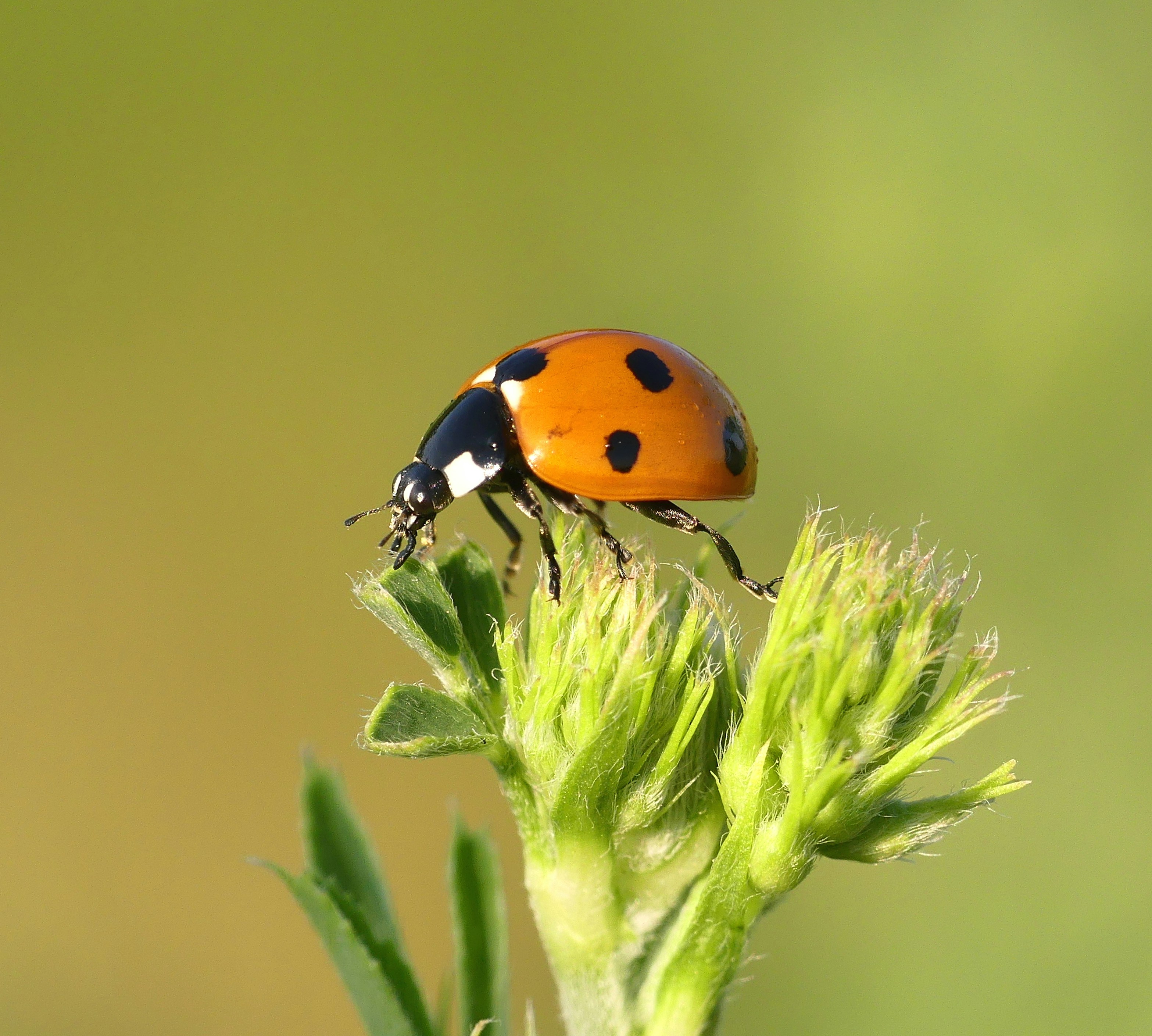Imagine you’re out in the wilderness, surrounded by breathtaking landscapes and the soothing sounds of nature. It’s all fun and games until someone twists an ankle or gets a nasty cut. That’s where wilderness first aid comes to the rescue! In this article, we’ll explore the essential skills and techniques needed to handle common outdoor injuries. Whether you’re an avid camper, hiker, or adventurer, knowing how to address these issues can mean the difference between a minor setback and a major emergency. So grab your backpack, put on your adventurer’s hat, and let’s dive into the world of wilderness first aid!
Head and Face Injuries
When it comes to outdoor activities, head and face injuries can unfortunately occur. Cuts and scrapes are one common type of injury that may happen while you’re out in the wilderness. These can be caused by accidental falls, branches or rocks that can come into contact with your head or face. It’s important to clean any cuts or scrapes properly and apply a sterile dressing to prevent infection.
Bruises and swelling can also occur if you accidentally bump your head on a hard surface or get hit by an object. Applying a cold compress to the injured area can help reduce swelling and ease any discomfort. However, if you experience severe headaches, dizziness, or blurred vision after a head injury, it’s crucial to seek medical attention immediately.
Injuries to the eyes can be particularly concerning, as they can potentially lead to vision loss. It’s essential to protect your eyes while in the wilderness by wearing appropriate safety glasses or goggles. If you do sustain an eye injury, avoid touching or rubbing the affected eye and seek medical help as soon as possible.
Sometimes, nosebleeds can occur due to various factors such as dry air, allergies, or trauma. If you experience a nosebleed, remain calm and tilt your head forward slightly while pinching your nostrils together. Applying an ice pack to the bridge of your nose can also help constrict blood vessels and stop the bleeding.
Musculoskeletal Injuries
While engaging in outdoor activities, it’s not uncommon to sustain musculoskeletal injuries. Sprains and strains are a frequent occurrence and can happen when you twist or put too much pressure on a joint or muscle. Resting the injured area, applying ice, compressing with a bandage, and elevating the affected limb are effective initial measures to manage these injuries.
Fractures and dislocations are more severe musculoskeletal injuries that require immediate medical attention. If you suspect a fracture or dislocation, it’s crucial to immobilize the area by using splints or wraps to prevent further damage. Be cautious not to realign or maneuver the bones yourself, as this could aggravate the injury.
Back and neck injuries can be debilitating and pose serious risks. Maintaining proper body mechanics and using appropriate equipment while engaging in physical activities can help prevent these injuries. If someone experiences a back or neck injury, it’s crucial not to move them unless absolutely necessary and to seek immediate medical help.
Burns and Scalds
When spending time in the wilderness, burns and scalds can occur due to various reasons. Thermal burns can happen when you come into contact with hot surfaces, open flames, or hot liquids. Running cool water over the burned area for at least 10-20 minutes is the first step in treating thermal burns. Applying a sterile non-stick dressing to the burn can also protect it from further damage.
Chemical burns can occur if you accidentally come into contact with harsh chemicals or corrosive substances. Immediately rinsing the affected area with running water for at least 20 minutes can help dilute the chemicals. It is essential to remove any contaminated clothing and seek medical attention promptly.
In the wilderness, treating burns may require improvisation. Utilizing clean, non-stick materials, such as plastic wrap or the cleanest fabric available, can serve as temporary burn dressings until you can access proper medical care. It’s crucial to protect the burn site from infection by being mindful of cleanliness and avoiding touching the area with dirty hands.
Preventing infection is an important aspect of burn care. Keeping the burn clean, using sterile dressings, and monitoring for signs of infection, such as increased redness, swelling, or drainage, are vital steps in preventing complications.
Environmental Emergencies
The wilderness can present various environmental emergencies, and being prepared to handle them is crucial. Hypothermia occurs when your body loses heat faster than it can produce it, leading to a dangerously low body temperature. Dressing in layers, staying dry, and seeking warmth are essential in preventing and managing hypothermia. It’s important to provide warm drinks and gradually rewarm affected individuals, avoiding sudden temperature changes.
Frostbite is a condition where your body tissues freeze due to prolonged exposure to extremely cold temperatures. Protecting exposed skin, keeping extremities warm, and avoiding tight clothing that restricts circulation are effective ways to prevent frostbite. If frostbite does occur, rewarming the affected area gradually with warm (not hot) water is the initial treatment step. Seeking medical help is crucial for severe cases.
Heat exhaustion can happen when you’re exposed to high temperatures and excessive physical exertion without proper hydration. Signs of heat exhaustion include heavy sweating, dizziness, nausea, and a rapid pulse. Moving to a cool shaded area, rehydrating with water or sports drinks, and applying cool compresses can help manage heat exhaustion. If symptoms worsen or heatstroke is suspected, it’s vital to seek emergency medical assistance.
Heatstroke is the most severe form of heat-related illness and is considered a medical emergency. It occurs when the body’s temperature regulation system fails, and the internal body temperature rises dangerously high. Signs of heatstroke include a high body temperature, altered mental status, and hot, dry skin. It’s essential to quickly move the affected person to a cool area, remove excess clothing, and cool the body with cool water or ice packs while waiting for emergency medical help.
Insect and Animal Bites
While enjoying the wilderness, encounters with insects and animals are common. Mosquito and tick bites can lead to itching, redness, and in some cases, the transmission of diseases such as Lyme disease. It’s important to use insect repellents, wear protective clothing, and regularly check for ticks to prevent these bites. Safely removing ticks using tweezers and seeking medical attention if you develop concerning symptoms is crucial.
Snake bites can be a serious and potentially life-threatening injury if not properly treated. If bitten by a snake, it’s important to identify the snake’s characteristics only if possible, remain calm, and seek immediate medical help. Keeping the affected limb immobilized and positioned below the level of the heart can help slow the spread of venom.
Spider bites can range from minor irritation to severe systemic reactions, depending on the species of spider. It’s important to clean the bite area, apply a cold compress, and monitor for any concerning symptoms. Seeking medical attention for severe or worsening symptoms is crucial.
Bee and wasp stings can be painful and may cause allergic reactions in some individuals. If stung, it’s important to remove the stinger if it is present and apply a cold compress to relieve pain and swelling. Monitoring for signs of an allergic reaction, such as difficulty breathing or swelling of the face, is important. Seeking immediate medical assistance for severe allergic reactions is crucial.
Allergic Reactions
When in the wilderness, it’s important to be aware of allergic reactions and know how to manage them. Identifying allergic reactions can be crucial in preventing severe complications. Symptoms may include hives, itching, swelling, shortness of breath, or a feeling of impending doom. If you suspect an allergic reaction, it’s important to remove the allergen if possible and seek medical help immediately.
Anaphylaxis is a severe and potentially life-threatening allergic reaction that requires immediate medical attention. If someone is experiencing anaphylaxis, they may have difficulty breathing, swelling of the throat, or a sudden drop in blood pressure. Administering epinephrine via an autoinjector, if available, and calling emergency services is crucial. In situations where medical help is not immediately available, it may be necessary to activate emergency services via satellite communication devices or radios.
Providing allergy relief may involve using antihistamines or corticosteroids if available and keeping the affected person in a calm and comfortable position. However, it’s important to note that these measures are temporary and medical evaluation is necessary for proper management.
Recognizing warning signs of potential allergic reactions, such as known allergies or exposure to potential allergens, can help prevent severe allergic episodes. It’s important to communicate any allergies or medical conditions to others in your group and carry necessary medications or treatment devices.
Gastrointestinal Issues
Gastrointestinal issues can be common in outdoor environments due to factors such as contaminated water or spoiled food. Food poisoning can cause symptoms such as nausea, vomiting, diarrhea, and abdominal pain. Maintaining food safety by proper storage and handling is essential in preventing food poisoning. Staying hydrated and consuming easily digestible foods can help manage these symptoms.
Diarrhea and dehydration can occur due to various causes, including parasites, waterborne infections, or poor hygiene practices. It’s important to stay hydrated and replace lost electrolytes when experiencing diarrhea. Using oral rehydration solutions, if available, can help prevent dehydration. In situations without access to commercial rehydration solutions, improvising oral rehydration solutions using clean water, salt, and sugar can be effective.
Treatment and prevention of gastrointestinal issues involve practicing good hygiene, such as washing hands with soap and water before preparing or consuming food. Avoiding contamination of water sources and properly disposing of waste also help prevent these issues.
Preventing and Treating Infections
When in the wilderness, preventing and treating infections is crucial for maintaining overall health. Wound cleaning and dressing are essential steps in preventing infections. Washing wounds with clean water and mild soap, followed by applying an antibiotic ointment and covering with a sterile dressing, can help prevent the growth of bacteria and promote healing. Regularly changing dressings and monitoring for signs of infection, such as increased redness, swelling, or a foul odor, is important in identifying and treating infections promptly.
When infections occur, antibiotics or topical ointments, if available, can be used to treat minor wound infections. However, it’s important to note that serious infections may require medical attention and prescription antibiotics. If you notice symptoms such as fever, increased pain, or spreading redness, it’s important to seek medical help.
Preventing boils and caring for them properly is important in avoiding complications. Boils are localized skin infections that manifest as painful, pus-filled bumps. Maintaining good personal hygiene, avoiding sharing personal items, and promptly cleaning and dressing any cuts or scrapes can help prevent boils. Applying warm compresses several times a day can aid in promoting drainage and healing.
Cardiovascular Emergencies
Cardiovascular emergencies in the wilderness require swift action and appropriate knowledge to improve outcomes. CPR (Cardiopulmonary Resuscitation) and AED (Automated External Defibrillator) are life-saving techniques used to manage cardiac arrest. If someone is unresponsive and not breathing normally, starting CPR and utilizing an AED, if available, can significantly increase their chances of survival. It’s important to receive proper training in CPR and AED use before heading into the wilderness.
Recognizing heart attacks is crucial in providing prompt medical help. Symptoms can include chest pain, shortness of breath, nausea, and pain or tingling in the arm or jaw. If someone experiences these symptoms, it’s important to call emergency services immediately and, if available, administer aspirin if the person is not allergic or has not been advised by a healthcare professional to avoid it.
Dealing with cardiac arrest in the wilderness requires a calm and organized approach. Activating emergency services through satellite communication devices or radios is crucial. Starting CPR and utilizing an AED, if available, should be initiated promptly. It’s important to remember that early intervention and access to advanced medical care are vital in increasing the chances of survival.
Managing shock, which can occur due to various causes such as bleeding, severe infection, or trauma, requires immediate attention. Signs of shock may include cool and clammy skin, rapid breathing, and a weak pulse. Elevating the person’s legs, covering them with a blanket to maintain body temperature, and seeking medical help are crucial steps in managing shock. Providing emotional support and reassurance can also help in stabilizing the person.
Medical Emergencies
Certain medical emergencies can occur even in the wilderness, and knowing how to handle them is important for both immediate intervention and seeking appropriate medical care. Seizures and epilepsy can happen unexpectedly in individuals with a history of the condition. During a seizure, it’s crucial to ensure the person’s safety by clearing the area of any potential hazards. Padding the area around the person’s head with soft objects can help prevent injury. Once the seizure has ended, keeping the person in a safe position and seeking medical attention is important.
Asthma attacks can be triggered by various factors, including allergens, exercise, or extreme weather conditions. If someone is experiencing an asthma attack, it’s important to help them use their inhaler, encourage them to sit upright and breathe slowly, and seek medical assistance if necessary. Being aware of potential triggers and carrying necessary medications is important in managing asthma in the wilderness.
Treating diabetes in the wilderness requires careful monitoring and knowledge of the individual’s specific needs. It’s important to ensure that diabetes medications and supplies, such as insulin and glucose monitoring devices, are readily accessible. Monitoring blood sugar levels regularly, maintaining hydration, and having a plan in place for managing hypoglycemic or hyperglycemic episodes is crucial.
Choking can occur when a foreign object obstructs the airway, preventing normal breathing. If someone is choking, it’s important to encourage them to cough forcefully to try to dislodge the object. If the person is unable to cough or speak, performing abdominal thrusts (also known as the Heimlich maneuver) can help remove the obstruction. In severe cases, emergency medical help should be sought immediately.
In conclusion, when venturing into the wilderness, it’s important to be prepared for a variety of injuries and emergencies. Being knowledgeable about first aid techniques, carrying necessary supplies, and seeking medical help when needed can make a significant difference in the outcome of such situations. Remember to prioritize safety, stay calm, and act promptly when faced with wilderness emergencies.










